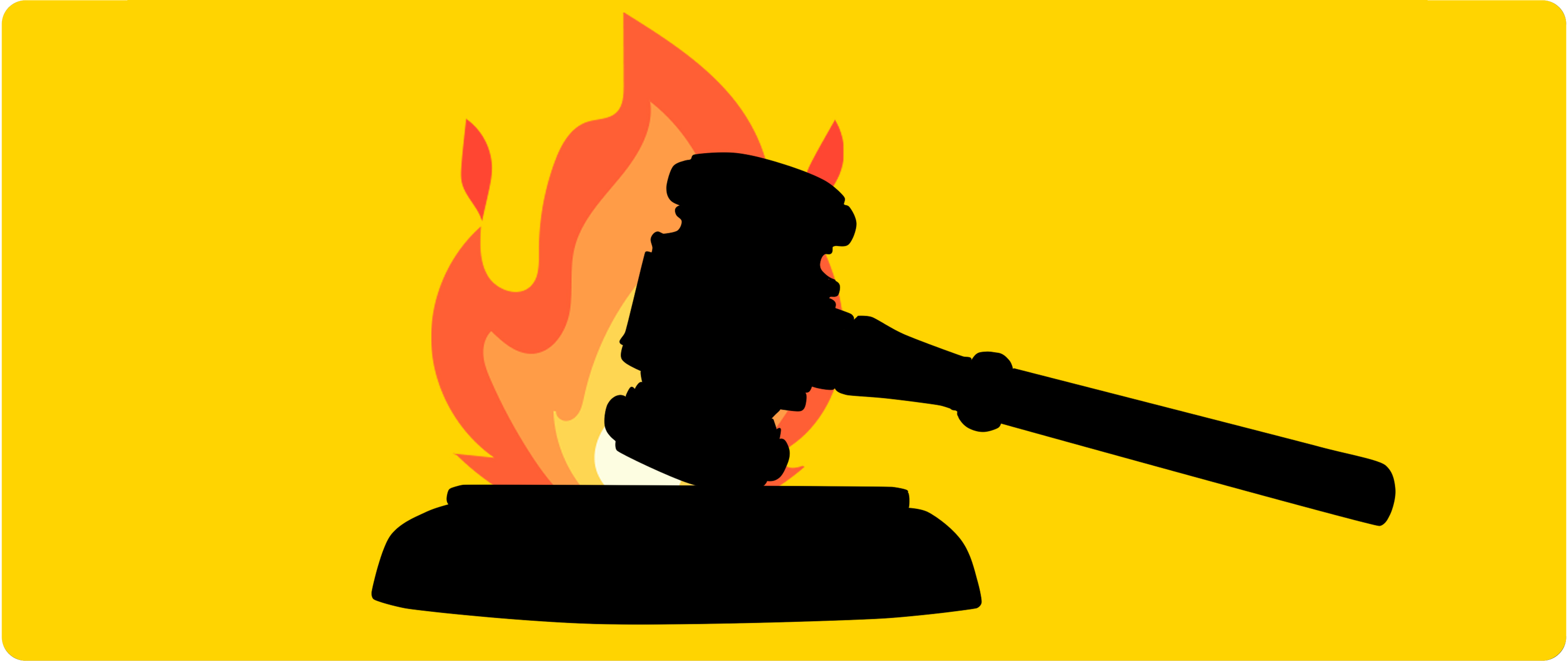Office buildings, healthcare facilities, educational institutions and other occupancies, like high-rise buildings, are legally required to practice fire evacuation drills at least once a year. However, your plan and associated drills may need to be altered to reflect changes in your organization or building. For example, if a new employee joins your workforce, who has a mobility impairment that was previously unaccounted for, your evacuation plan must factor in their needs during an emergency.
Let’s explore how often your facilities must practice fire drills and what events will lead to your evacuation plan being tested more frequently, along with how often you should update your emergency plans and what equipment is needed to practice a safe evacuation.
How Often Must You Practice Fire Drills?
According to the National Fire Protection Association (NFPA), homeowners are encouraged to practice their fire evacuation drills twice a year — however, this is not legally mandated. Workplaces, healthcare facilities and educational institutions, on the other hand, are legally required to test their plans at least once a year.
OSHA has shared 5 scenarios that may trigger the need for a fire drill practice within the workplace. These suggestions are also suitable for educational institutions and healthcare facilities, and are as follows:
- After developing the initial plan. Once you’ve created your evacuation procedure, conduct a test run to resolve any evident faults. If your emergency plan still needs polishing, read our blog post on workplace evacuation for persons with disabilities.
- When you gain new employees. All new members of staff need to be trained on the organization's evacuation procedures. The safety supervisor should also note whether new employees have any mobility impairments that have to be catered for.
- When you change the design or layout of your office space. Moving furniture around can cause obstructions in evacuation routes. Make sure to update your evacuation routes accordingly, then run a fire drill.
- When you introduce new equipment, materials or processes to your business that may affect evacuation procedures. Your evacuation plan should account for new equipment, materials or processes that could start a fire, and how employees must react.
- When you revise your plan. Test your evacuation procedure whenever its updated, in order to identify faults or unseen consequences.
After each drill, employees and management should gather to discuss the strengths and weaknesses of the evacuation procedure. This allows you to create a more effective life-saving plan and learn where faults are. This also alerts you to what equipment is needed for a safe evacuation and how participants are likely to react during an emergency.

Equipment Needed for a Safe Evacuation
Having the right combination of evacuation equipment can improve outcomes in real-life emergencies.
While homeowners aren’t legally required to have safety equipment in their homes, the investment will never go to waste. Workplaces, facilities, and institutions, however, are legally required to have the following items readily available and in working order:
- First aid kit. Make sure your first aid kit follows OSHA guidelines and its contents are continually refreshed. Stock specialist items that cater for those with mobility impairments, even if these are not mandated by law. Consult all employees on what their needs are and try to accommodate them.
- Portable fire extinguishers. While evacuation is the first priority, keep a fire extinguisher on each floor of your facilities to stop smaller fires from growing. According to OSHA, only authorized persons should operate the fire extinguisher.
- Evacuation chairs and/or other evacuation devices. While businesses can be legally required to have mobility equipment, the type you keep on standby will be determined by your situation. This includes building layout and the mobility needs of employees. Paramedic stair chairs, for instance, are designed to evacuate non-ambulatory persons, and don't require specialist training to operate.
Why and When an Evacuation Chair Is the Most Suitable Emergency Mobility Aid
An evacuation chair can serve a range of purposes during an evacuation. From safely moving those with impairments, to assisting those with temporary ailments or who may have fallen unconscious.
An EMS evacuation stair chair is a reliable emergency mobility aid that ensures you can assist people with mobility impairments during a fire evacuation, without needing specialist training to operate it safely. They are durable, offer safety restraints and can evacuate people with a range of disabilities. EMS evacuation stair chairs are also affordable and require little maintenance.
At Mobile Stairlift, we’re committed to helping you keep safe. That’s why we’ve created a durable and lightweight evacuation chair. Our FDA-approved EZ Evacuation Chair is designed to serve as a reliable, easy-to-operate aid to safely evacuate anyone who needs a little extra help. Click the button below to learn more about our EZ Evacuation Chair.



